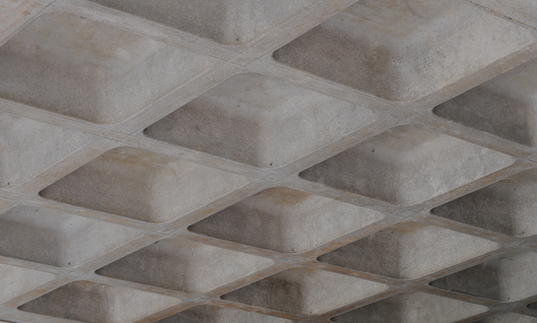Embracing a multitude of musical cultures is now standard practice for any voracious music fan in the post-Spotify landscape; one in which Solange, Sleater-Kinney and Saariaho are but a short click away. Less standard is the phenomenon of individual musicians embodying such diversity in a single practice, where worlds collide within the work – even rarer still is to encounter two such musicians simultaneously. Tonight however, is an example of that rare moment of collision as two performer-composers, known for their musical genre-splicing, explore their creative overlap in a pair of duets, both UK premieres.
Kelly Moran is a composer and pianist whose practice incorporates experimentation beyond and within the piano to form an unclassifiable sound. Over the past decade, she has recorded five solo albums and two EPs, accepting composition commissions from avant-garde performers like Margaret Leng-Tan, as well as performing with established electronic pioneers FKA Twigs and Oneohtrix Point Never along the way. Her latest album, Ultraviolet (and its sister EP Origin), arrived via Warp Records in late 2018 and, since then, Moran has been touring festivals and concert halls alike. Tonight, Moran’s solo performance will be on prepared piano, taking in work from Ultraviolet and Origin as well as music composed to celebrate Warp Records’ 30th birthday last year. Fluttering and rich in timbre, with moments of both dissonance and prettiness, Moran’s self-styling as an ‘impressionist minimalist’ is uncannily accurate: dense thickets of repeated motifs mask slyly insistent hooks, with the buzzes and burbles of her preparations betraying the music’s rather romantic DNA. Although gently pulsing, Moran’s music is too slender for the dancefloor, it retains the abstraction and intricacy of home-listening electronica.
‘That’s a slightly different place to where I come from,’ explains Missy Mazzoli, the composer and pianist with whom Moran shares the bill this evening. ‘Mine is more of a classical world, embracing the term ‘composer’ and writing operas and orchestral music.’ Indeed, Mazzoli’s third opera, Proving Up, premiered in 2018, and she is currently the Mead Composer-in-Residence with the Chicago Symphony Orchestra. Whereas Moran’s music turns in on itself creating impossible knots and tangles, Mazzoli’s is broad and clear, with a precision and stillness even at its most frenetic, offering a sense of meditative calm. Tonight, she is joined by Swiss violinist Etienne Abelin, exploring – as Mazzoli describes it – ‘every possible permutation of keyboard, violin and electronics’ across five pieces that span a decade of her compositional life.
The evening’s most anticipated musical offerings, however, are the duets that Moran and Mazzoli have written specifically with the other in mind. ‘This is the first time in a long time I’ve written something that I will perform with someone else,’ explains Moran of her piece for two pianos, one prepared and one not, and of the collaborative process. ‘I was struggling for a little bit about the direction of our piece, but as soon as I talked to Missy about what I was working on, she gave me advice that really opened me up creatively. I had worked on a few other sketches for this commission, but Yamaha recently loaned me a Disklavier, and as soon as I started experimenting with this arrangement of the piece, I knew it would be perfect for us to perform together.’
For Mazzoli’s duet, written for four hands at one piano, the focus was on ‘expansion of my world into hers,’ Mazzoli explains. ‘Kelly’s work is very cinematic and atmospheric, which awakened that part of my compositional practice – so it’s 70% my style, and 30% reaching into Kelly’s style, into that area where we overlap. There’s a sense of slow evolution in Kelly’s work, and I was really inspired by that, it really creates a world that the audience can step into and be enveloped by. So I wanted to try and create a world that envelops the audience: we start in the very middle of the piano and Kelly moves gradually to the highest part, and I move gradually to the lowest part, until we’re playing the two extremes of the instrument, and these electronics grow very slowly until, before you realise it, you’re surrounded by this sound.’
The idea of discrete worlds overlapping may initially seem daunting, but Moran and Mazzoli prove that it needn’t be overwhelming, and that done this artfully such a merging of influences and inspiration only serves to accentuate the virtues of each player.













